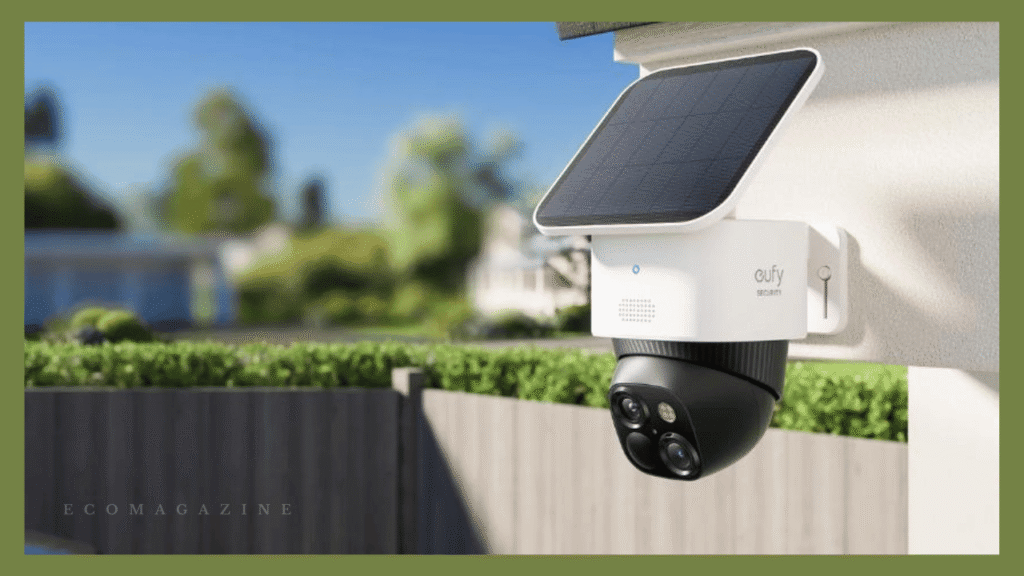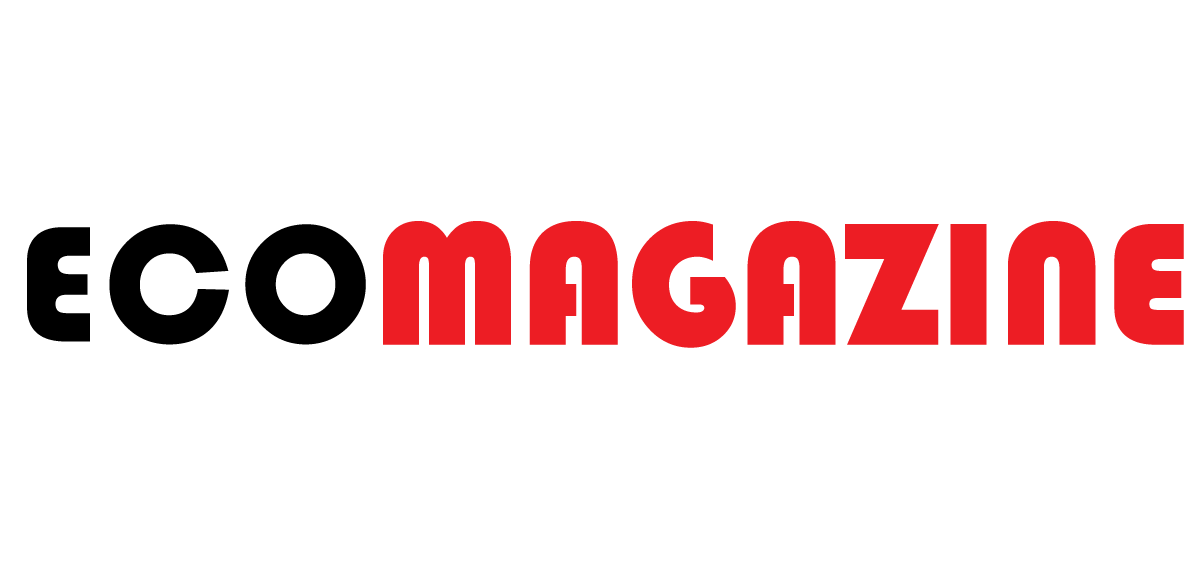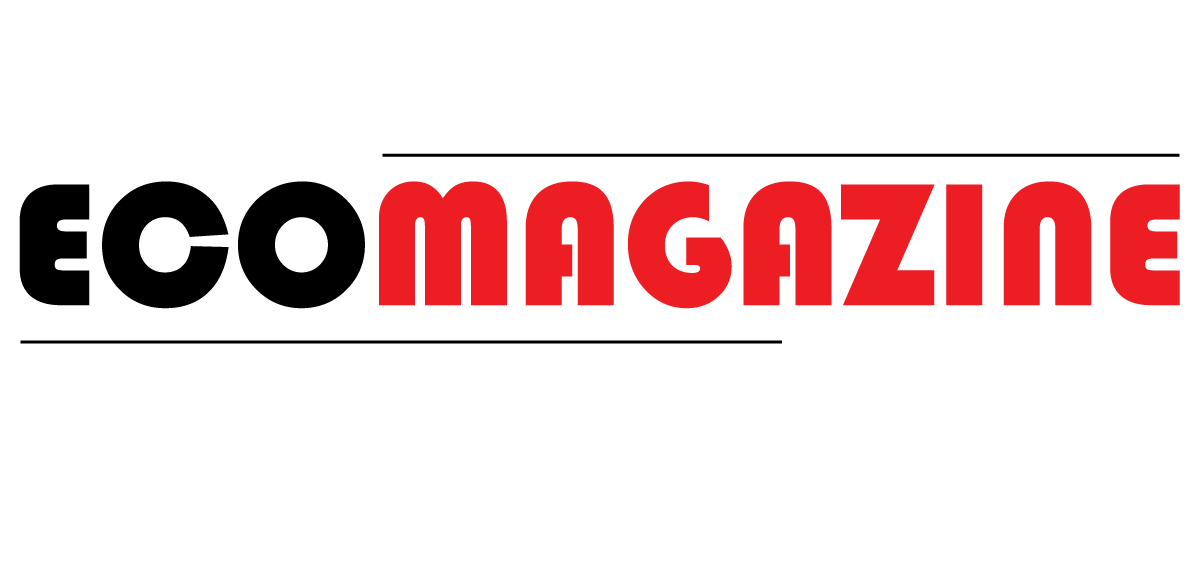Maintaining your CCTV cameras ensures your security system is reliable and functions optimally. Regular maintenance helps prevent potential malfunctions and prolongs the lifespan of your equipment. Whether you’re safeguarding your home or business, following a detailed checklist assists in keeping your cameras in peak condition. By performing regular maintenance, you can avoid common issues such as unclear footage, connectivity problems, or recording failures. Below, we provide a structured maintenance guide covering daily, weekly, monthly, and annual tasks. These steps will aid in protecting your premises and provide peace of mind knowing your security system is up to date.
Daily and Weekly Checks
Frequent checks help identify and resolve minor issues before they escalate.
Visual Inspection of Cameras and Housings
Visually inspect each camera and its housing daily to ensure they are secure and undamaged. Check for signs of tampering, vandalism, or wear and tear, especially if cameras are exposed to harsh weather conditions. Ensure that the camera housings are not obstructed by dirt, leaves, or any form of debris. If you spot anything unusual, address it immediately to prevent potential operational failures. This visual upkeep safeguards your equipment and assures the camera captures clear footage. Regular inspection helps maintain optimal security coverage across all monitored zones.
Lens Cleaning and View Adjustment
Dirt, dust, or smudges on camera lenses can significantly distort the video quality. Clean the lenses weekly using a microfiber cloth and a gentle lens cleaner. Avoid harsh chemicals that might damage lens coatings. While cleaning, check the camera’s field of view and ensure nothing obstructs it. Adjust cameras that might have shifted out of position to maintain full coverage of the desired areas. Regular cleaning and alignment help guarantee the clarity and effectiveness of your surveillance footage. These routine practices assure optimal video capture quality.
Basic Functional Test of Video Feed
Conduct a basic check of the video feed daily to ensure each camera streams correctly and records footage without glitches. Monitor for any interference or lost connections, which could indicate wiring issues or technical faults. Test the playback function to verify that recordings are accessible and correctly time-stamped. By routinely checking the functionality, you can address minor faults before they develop into more complex problems. Keep records of any anomalies for troubleshooting and potential equipment servicing.
Monthly and Quarterly Tasks
Thorough periodic checks further enhance system reliability and performance.
Inspecting Wiring, Connectors, and Power Supply
Monthly inspections of wiring and connectors help prevent connection issues. Inspect for any signs of deterioration, rust, or physical damage. Secure any loose wires or connections using appropriate fasteners. Ensure power supplies are stable and uninterrupted, as power fluctuations can damage recording components. Test the Uninterruptible Power Supply (UPS) if used, to confirm it functions correctly during power outages. Regular wire and power supply maintenance prevents unexpected system downtimes and safeguards equipment from electrical damage.
Checking Recording Devices, Storage, and Backup
Monthly checks on recording devices are essential to ensure they operate efficiently and maintain sufficient storage capacity. During these inspections, review recorded footage to confirm that it is clear, complete, and free of technical glitches. Test the integrity of storage devices such as hard drives, SD cards, or cloud systems to verify backups are accessible and functional. It’s wise to implement redundancy in your storage setup to safeguard against data loss. Replace or refresh aging storage media proactively to avoid corruption or failure. Consistent, timely checks guarantee uninterrupted, reliable recording performance.
Updating Firmware and Reviewing System Settings
Firmware updates play a crucial role in improving your camera’s overall performance, functionality, and security. They often include bug fixes, enhanced features, and stronger protection against potential cyber threats. It’s important to check for new updates from your equipment manufacturer at least once a month and install them as soon as they’re available. After updating, review your system settings to ensure they match your current security requirements. Adjust recording schedules, motion detection zones, and alert preferences as needed. Regular maintenance keeps your surveillance system reliable, efficient, and secure.

Annual and Exceptional Maintenance
In-depth maintenance secures long-term performance and system integrity.
Deep Cleaning, Calibration, and Hardware Review
Annual deep cleaning of the entire security system—including cameras, housings, cables, and recording devices—is essential for maintaining peak performance and reliability. Use appropriate, non-corrosive cleaning agents and soft microfiber cloths to safely remove dust, dirt, and residue buildup that may affect image quality or device operation. After cleaning, recalibrate each camera to ensure precise motion detection, focus, and image clarity. It’s also wise to inspect and test hardware thoroughly, identifying outdated components for upgrade or replacement. Consistent deep maintenance ultimately extends system lifespan and ensures dependable surveillance year-round.
Environmental & Seasonal Considerations
Consider environmental factors that can impact your cctv camera system, especially for outdoor installations. Cameras exposed to elements like rain, snow, dust, and direct sunlight require extra care. During winter, insulate wiring and connectors to prevent moisture intrusion or freeze damage. In hot summer months, install sunshades or cooling covers to protect against overheating and lens glare. Regularly review your maintenance checklist to address seasonal changes, including humidity and storm conditions. This proactive approach ensures consistent performance, reduces system strain, and extends equipment lifespan throughout the year.
Documentation and Log Review for Compliance
Regularly review logs and documentation to ensure full compliance with both legal and organizational standards. Keep detailed records of every maintenance activity, software update, and security incident that occurs throughout the year. These records not only demonstrate due diligence in managing your surveillance system but also serve as vital evidence during audits, inspections, or investigations involving footage retrieval. Consistent and accurate documentation strengthens accountability, enhances operational transparency, and safeguards the system’s reliability and integrity against potential regulatory or legal challenges.
Conclusion
An effective CCTV maintenance checklist incorporates routine checks, thorough cleanings, and detailed documentation. By systematically addressing daily, weekly, monthly, and annual tasks, you preserve the integrity of your security system. Each step, from visual inspections to firmware updates, contributes to the longevity and dependability of your equipment. Regular maintenance minimizes risks, reduces unexpected failures, and ensures recorded footage is always reliable. Keeping records of maintenance work affirms compliance and enhances your security setup’s resilience against evolving threats. Prioritize systematic upkeep to enjoy peace of mind and heightened security.


